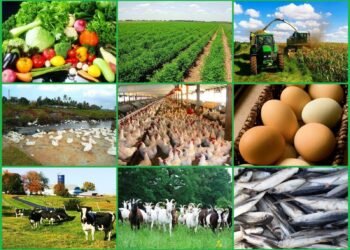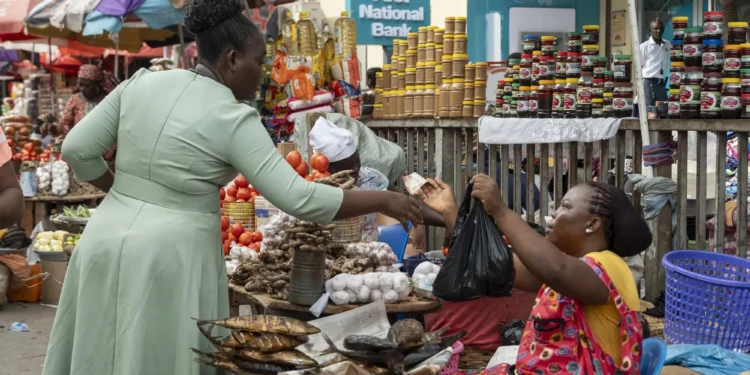Ghana is setting its sights on a transformative leap in shea nut production, aiming to boost output to 400,000 metric tonnes annually and rake in an estimated $640 million in revenue.
This ambitious goal forms part of the government’s broader 24-hour economy initiative, designed to unlock productivity across critical sectors and drive inclusive economic growth.
Currently, the country produces between 130,000 and 150,000 metric tonnes of shea nuts annually, valued at approximately $118 million. However, only 40% of the available shea resource is currently being recovered, leaving a vast portion of the crop’s potential untapped.
Dr. Peter Boamah Otokunor, Director of Presidential Initiatives on Agriculture and Agribusiness, unveiled sweeping plans to strengthen the shea value chain. These include investment in modern processing infrastructure, mechanized harvesting systems, cold storage facilities, and all-season logistics to support year-round operations. “With the introduction of the 24-hour economy policy, we are setting a new national ambition,” Dr. Otokunor said.
“By investing in modern processing facilities, mechanized harvesting, cold storage and all-season logistics, we are confident Ghana can increase shea nut production to 400,000 metric tonnes annually valued at some $640 million. This is not just a projection. This is a practical possibility.”
Dr. Peter Boamah Otokunor
He added that the government’s commitment to enhancing agricultural productivity is not just about increasing volumes, but also about value addition and job creation across the shea-producing regions, particularly in northern Ghana, where the crop serves as a key source of livelihood for women and smallholder farmers.
Unlocking Value from the 60% Waste Gap
According to Dr. Otokunor, one of the biggest challenges facing the shea industry is the low rate of nut recovery. With only 40% of the available nuts being processed, a massive 60% remains unutilized.
“In 2023, Ghana was ranked as the top global exporter of shea butter. However, we are only able to recover 40% of the nuts. That means if we put in more effort to recover more of these nuts, we will be able to significantly multiply the gains we get from the shea sector.”
Dr. Peter Boamah Otokunor
The new target of 400,000 metric tonnes, more than doubling the current output, is projected to drastically increase foreign exchange earnings, support rural livelihoods, and improve gender equity in agriculture, as women dominate the shea processing sector.
The 24-Hour Economy: A Game-Changer for Agribusiness
The 24-hour economy policy, a flagship agenda of the current administration, is tailored to promote round-the-clock productivity in key economic sectors, including agriculture, manufacturing, logistics, and services. It seeks to introduce the necessary policy incentives, infrastructure, and capacity building to enable businesses and industries to operate in shifts beyond the traditional 8-to-5 schedule.
In the case of the shea industry, this policy is expected to optimize logistics and cold chain systems, reduce post-harvest losses, and ensure timely export delivery, thereby making Ghana even more competitive in the global shea market.
Dr. Otokunor emphasized that the shea expansion drive is both strategic and timely, as global demand for shea butter continues to rise in the cosmetic, food, and pharmaceutical sectors. By enhancing Ghana’s processing capabilities and supporting farmers with the right tools, the country can move beyond raw export to deeper industrialization within the shea value chain.
The upcoming World Shea Expo 2025 is expected to highlight Ghana’s progress, attract international buyers and investors, and position the country as a continental leader in shea production. Organizers believe the expo will serve as a key platform for business linkages, technology transfer, and policy dialogue around sustainable shea development.
As the 24-hour economy policy rolls out, the shea sector appears poised to become a critical pillar in Ghana’s agricultural transformation—unlocking wealth, reducing poverty, and charting a new path for industrialization led by indigenous crops.
READ ALSO: NDC Defends Fuel Allowance Ban Amidst NPP ‘Settings’ Criticism























